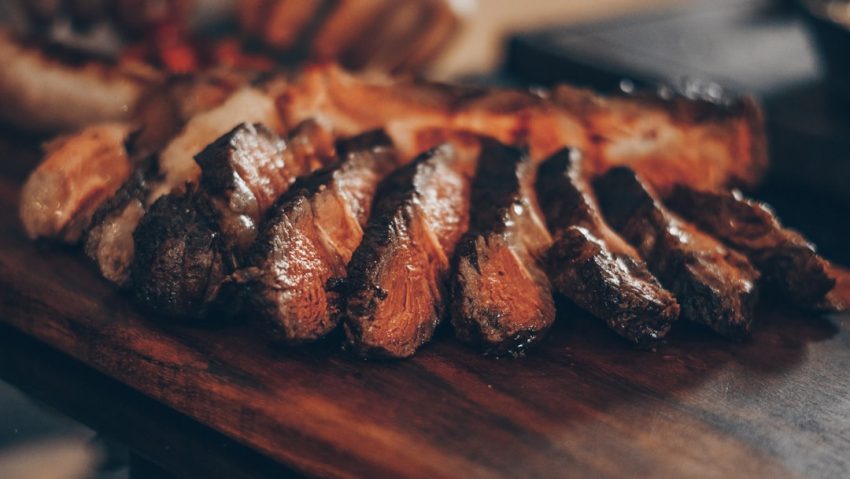Choosing the perfect cut of ribs (baby back or spare ribs) for a smoked BBQ ribs recipe depends on serving size, cooking time preferences, and personal taste. Preparation involves seasoning with a dry rub, marinating, and letting ribs reach room temperature before smoking. The "low and slow" method at 225-250°F ensures tender ribs. Create tangy barbecue sauce or experiment with dry rubs for flavor variations. Store cooled ribs in an airtight container up to 3-4 days; reheat gently to avoid dryness. Customize your recipe with herbs, spices, sweet or tangy sauces.
Indulge in the ultimate comfort food experience: succulent, smoky BBQ ribs drizzled with a tangy sauce. This comprehensive guide takes you on a journey from choosing the perfect rib cut to mastering the art of smoking and creating your own signature sauce. Learn key preparation techniques, slow-cooking methods, and serving suggestions to elevate your ribs game. Discover variations and customization ideas, making every bite a delicious adventure. Unleash your inner BBQ master with this ultimate smoked BBQ ribs recipe!
- Choosing the Right Ribs: Selecting the Perfect Cut for Smoked BBQ Ribs
- Preparation and Marinade: Key Steps to Tenderize and Season Your Ribs
- The Art of Smoking: Techniques and Tips for Achieving Flaky, Smoky Ribs
- Creating a Tangy Barbecue Sauce: Balancing Sweetness, Spice, and Acidity
- Cooking Method: Slow and Low to Lock in Flavors and Moisture
- Serving Suggestions: Pairings and Side Dishes to Complement Your Ribs
- Storage and Reheating: Keeping Your Ribs Juicy and Tasty Over Time
- Variations and Customization: Experimenting with Different Sauces and Spices
Choosing the Right Ribs: Selecting the Perfect Cut for Smoked BBQ Ribs
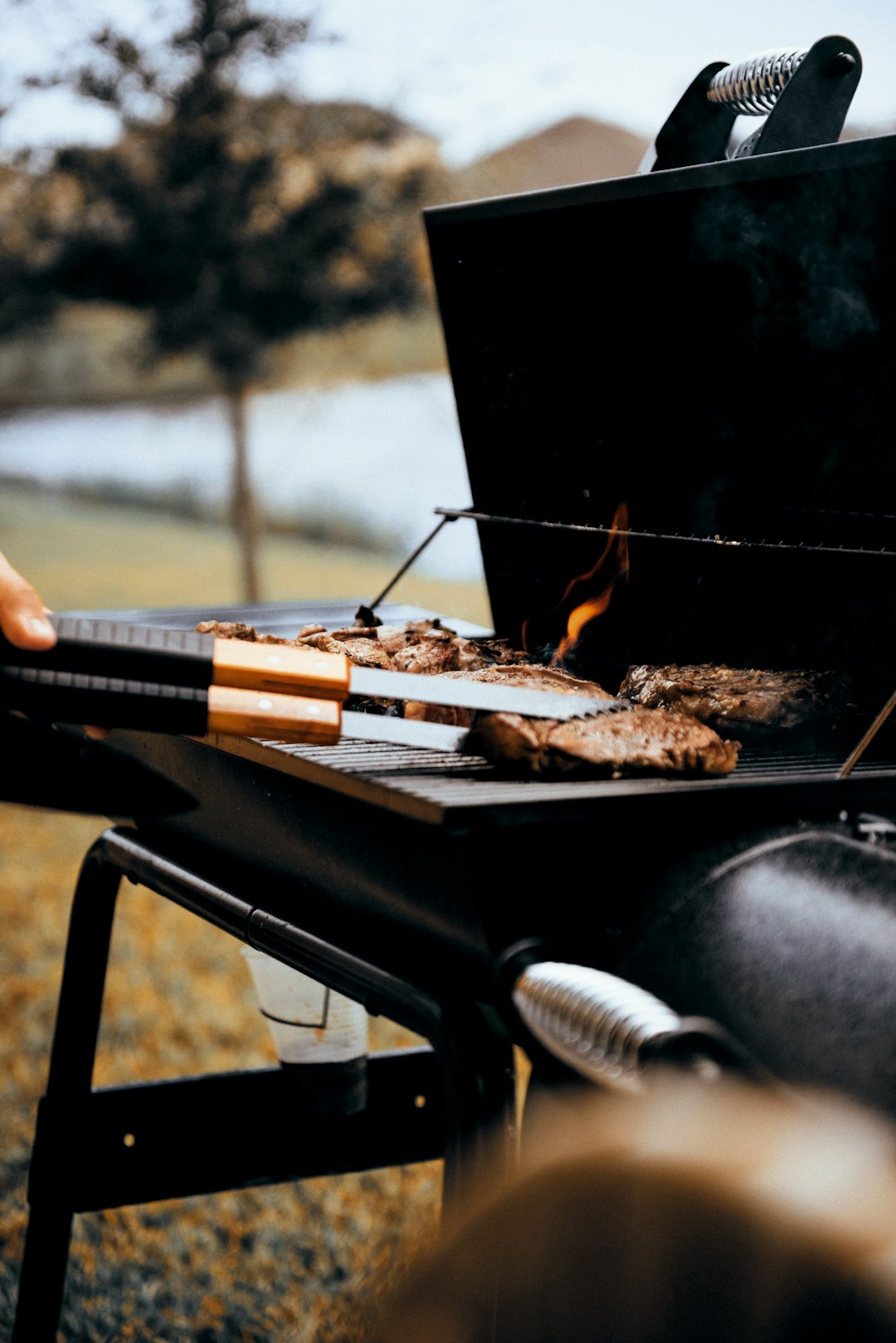
When it comes to choosing the right ribs for a mouth-watering smoked BBQ ribs recipe, the first step is understanding cut options. Traditional choices include baby back ribs and spareribs, each with distinct characteristics. Baby back ribs, as the name suggests, are smaller and have less bone, making them easier to eat and ideal for individuals or smaller gatherings. They cook faster and often have a more delicate flavor profile.
On the other hand, spareribs are larger, meaty, and connected by a tough membrane known as the “membrane” or “silver skin.” While this can make them chewier, they offer a rich, robust flavor when properly prepared. For the best results in your smoked BBQ ribs recipe, consider the desired tenderness, cooking time, and personal preference when selecting the perfect cut for your next barbecue session.
Preparation and Marinade: Key Steps to Tenderize and Season Your Ribs
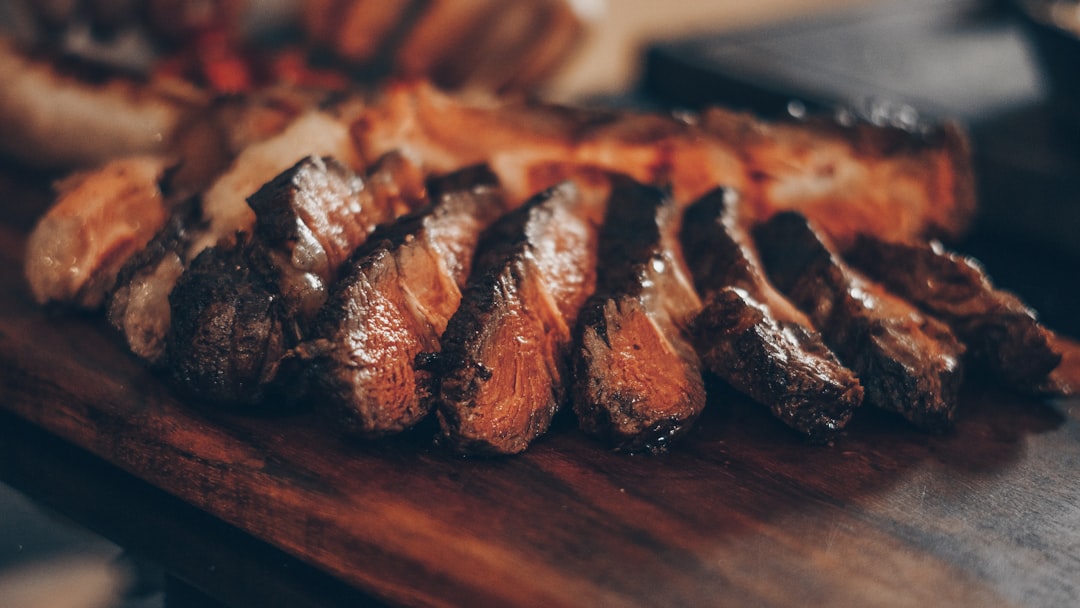
Preparation and marinade play a crucial role in creating mouthwatering smoked BBQ ribs. To achieve that perfect, tender texture and infuse rich flavors, start by selecting high-quality, meaty ribs. Remove any membrane on the bone side to ensure optimal tenderness. Next, prepare a dry rub consisting of salt, pepper, paprika, garlic powder, and onion powder. Rub this mixture all over the ribs, ensuring even coverage. This step helps to season the meat deeply.
For a more intense flavor profile, soak the ribs in your favorite BBQ sauce or a homemade marinade for several hours or overnight. A good marinade should include ingredients like vinegar, soy sauce, garlic, and herbs to break down proteins and add tanginess. After marinating, let the ribs come to room temperature before smoking, ensuring even cooking and a juicy result.
The Art of Smoking: Techniques and Tips for Achieving Flaky, Smoky Ribs
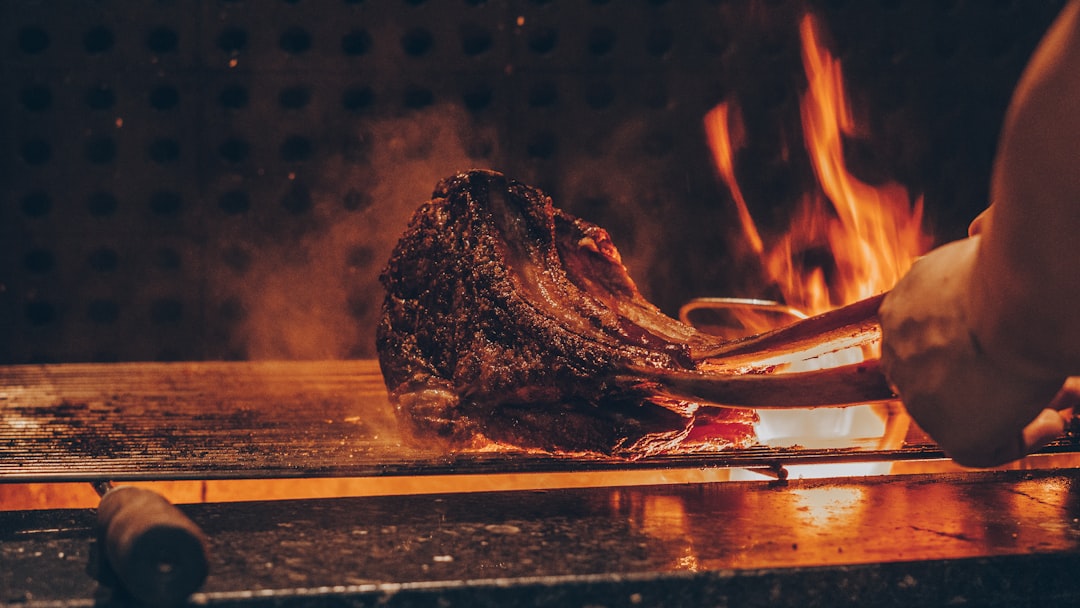
Smoking is an art that transforms ordinary ribs into a mouthwatering delight, creating those sought-after flaky, smoky flavors. When it comes to preparing smoked BBQ ribs recipes, understanding the process is key. The low and slow method is a popular technique, where ribs are cooked at low temperatures for an extended period, allowing the smoke to penetrate and tenderize the meat. This process ensures that the ribs become incredibly juicy and the characteristic smokey aroma permeates every bite.
To achieve perfection, it’s crucial to select the right wood for smoking—hickory, oak, or mesquite are popular choices—and maintain a consistent temperature between 225°F to 250°F (107°C to 121°C). The key is patience; letting the ribs cook slowly enables the collagen in the meat to break down, resulting in tender, fall-off-the-bone ribs. Additionally, applying a dry rub before smoking adds flavor, and a tangy barbecue sauce during the last few minutes of cooking enhances both taste and appearance.
Creating a Tangy Barbecue Sauce: Balancing Sweetness, Spice, and Acidity
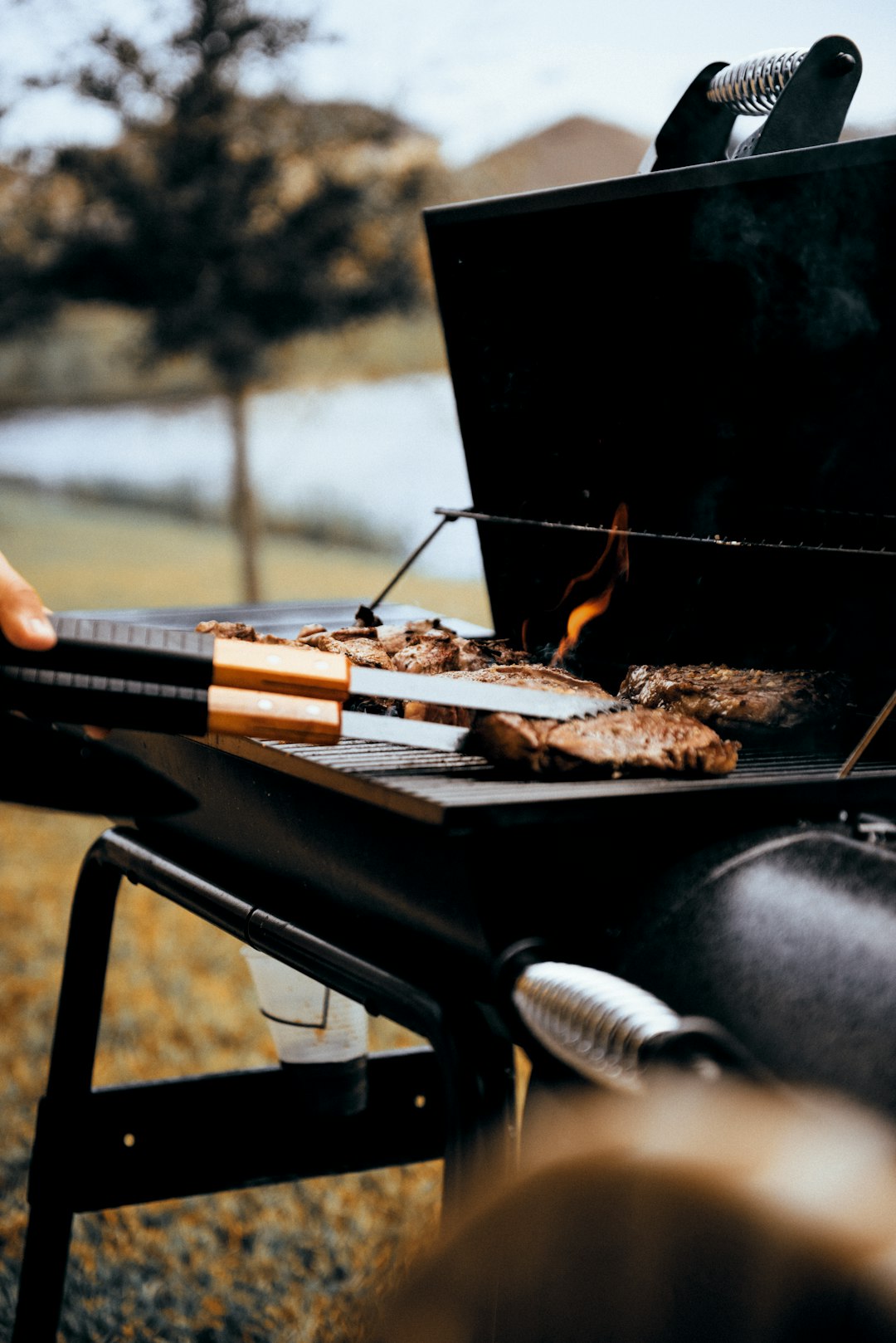
Creating a tangy barbecue sauce is an art that complements smoky BBQ ribs perfectly. When crafting this sauce, striking the right balance between sweetness, spice, and acidity is key. Start with a base of your favorite BBQ rub—a mix of brown sugar, paprika, garlic powder, and salt adds depth of flavor. Then, add a splash of vinegar (white or apple cider) for that essential tangy note. A touch of chili powder or cayenne pepper brings heat, but be mindful not to overpower the other flavors.
As you simmer the mixture, taste regularly, adjusting sweetness with more sugar or acidity with extra vinegar. The sauce should coat your ribs nicely, balancing the smoky flavor of the meat with its vibrant tanginess. This meticulous blending ensures that each mouthful is a delightful adventure—a perfect pairing for any smoked BBQ ribs recipe.
Cooking Method: Slow and Low to Lock in Flavors and Moisture
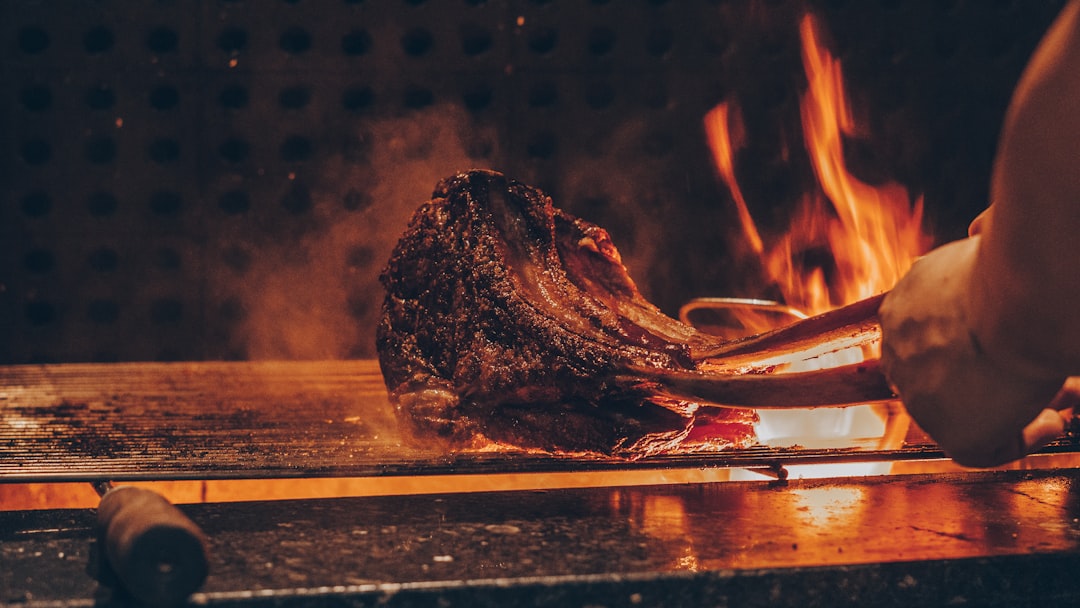
When it comes to preparing the perfect smoked BBQ ribs recipe, the key lies in a slow and low cooking method. This technique is essential for locking in both flavors and moisture, resulting in tender, succulent ribs that simply melt in your mouth. By taking your time and maintaining a consistent low temperature, you allow the rich, smoky aromas to penetrate every inch of the meat, creating a depth of flavor that can’t be achieved any other way.
This method also prevents the ribs from drying out, which is a common pitfall when rushing the cooking process. The slow and steady approach ensures that the natural juices remain trapped within the meat, keeping it juicy and tender. Whether you’re a BBQ aficionado or just looking to elevate your rib game, adopting this strategy will undoubtedly make your smoked BBQ ribs recipe stand out from the rest.
Serving Suggestions: Pairings and Side Dishes to Complement Your Ribs
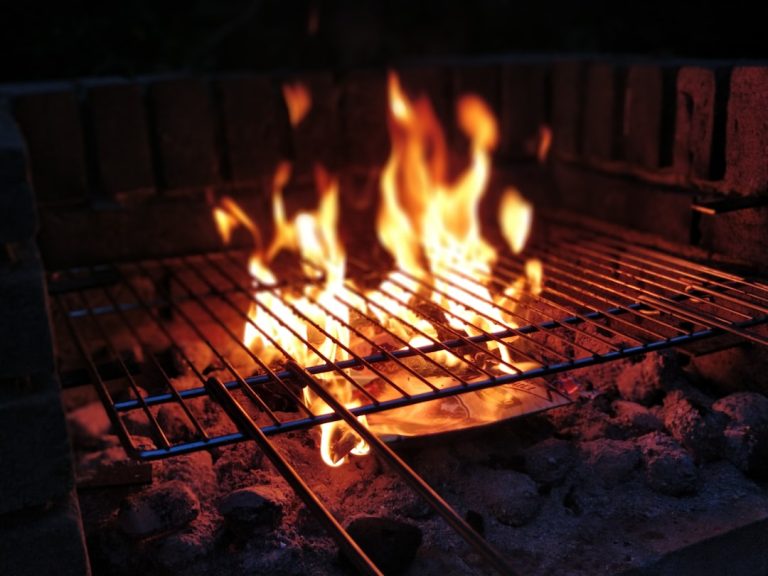
When serving your mouthwatering smoked BBQ ribs recipe, consider a few side dishes and pairings that will enhance the overall dining experience. A classic combination is crispy fried or roasted vegetables—think carrots, broccoli, or even sweet potato fries—which provide a delightful contrast to the tender ribs. For a more hearty meal, serve coleslaw or a refreshing cucumber salad alongside, offering a crisp bite with each mouthful of ribs.
Don’t underestimate the power of a well-chosen sauce or condiment! A tangy barbecue sauce is an obvious choice, adding a burst of flavor that complements the smoky taste of the ribs. You could also offer a variety of dips such as ranch dressing, blue cheese dressing, or even a simple vinegar-based sauce for those who prefer something lighter.
Storage and Reheating: Keeping Your Ribs Juicy and Tasty Over Time
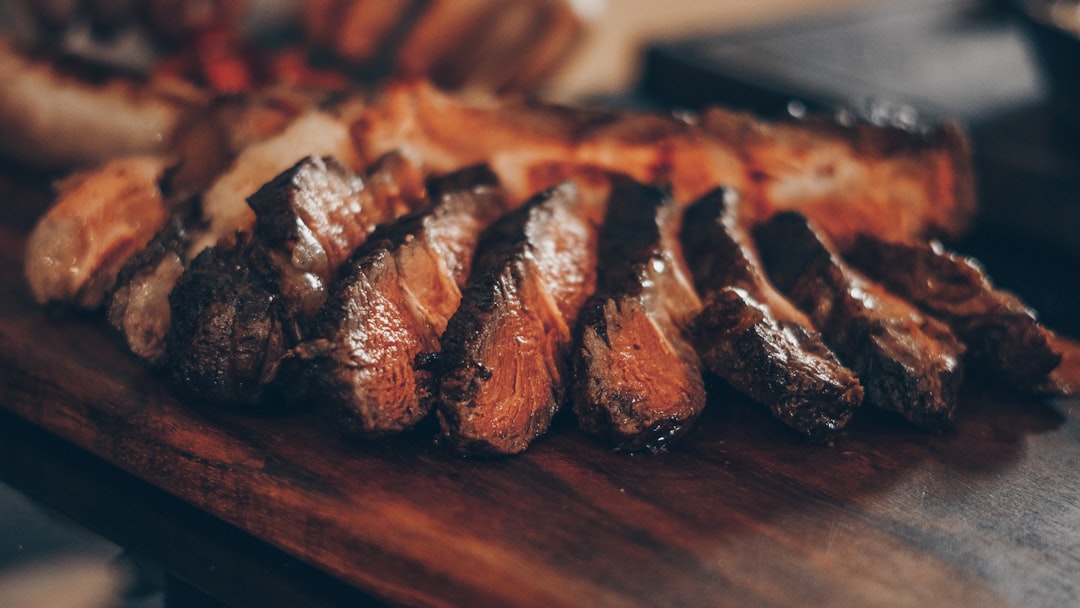
When it comes to storing and reheating smoked BBQ ribs, the key is to maintain their juicy and flavorful nature. After cooking your ribs, allow them to cool down to room temperature before placing them in an airtight container. This helps lock in the delicious juices and prevents dryness. Store your ribs in the refrigerator for up to 3-4 days.
For reheating, consider heating them slowly in a low oven (around 250°F/120°C) to keep them moist. Alternatively, you can wrap them tightly in foil and microwave in short intervals, checking frequently to ensure they don’t dry out. With proper storage and reheating methods, your smoked BBQ ribs recipe will stay tasty for days, allowing you to enjoy this mouthwatering dish again and again.
Variations and Customization: Experimenting with Different Sauces and Spices
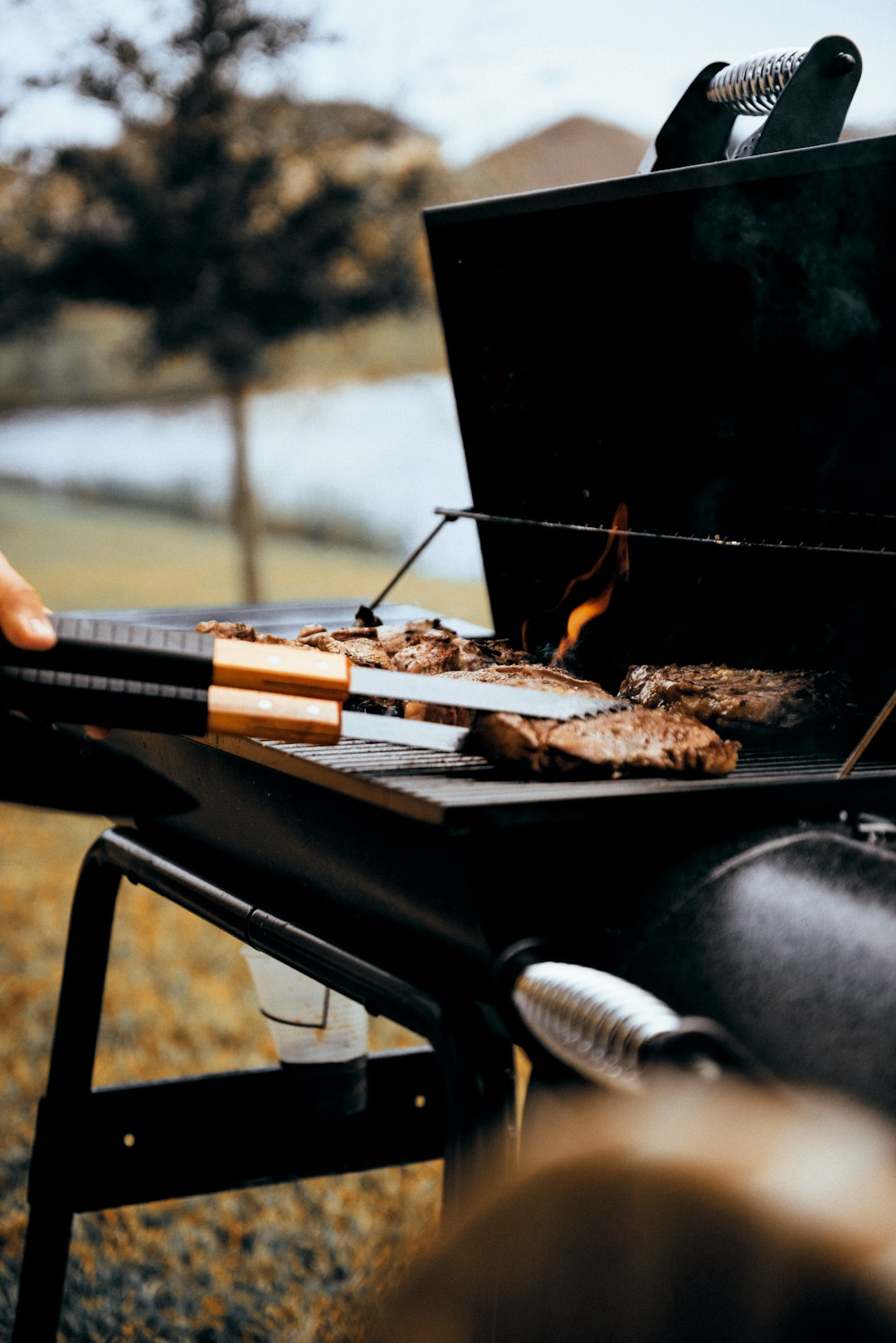
When it comes to smoky BBQ ribs recipes, variations and customization are endless. The classic tangy barbecue sauce is a great starting point, but don’t be afraid to experiment with different flavors and spices. You can opt for a dry rub instead of sauce, infusing your ribs with a mix of paprika, garlic powder, brown sugar, and chili powder for a spicier kick.
For those who prefer sweeter notes, consider adding honey or apple cider vinegar to your sauce. Mustard-based sauces offer a tangy twist, while ketchup-based varieties provide a more familiar, sugary taste. Incorporating various herbs like thyme, rosemary, or even a touch of cayenne pepper can elevate the flavor profile, creating unique and delicious smoked BBQ ribs tailored to your preferences.
